You’ve probably heard the experts say, “AGI is still decades away, don’t worry about it.” But what if I told you that for some companies and researchers, AGI is already emerging in primitive form, like a seed quietly sprouting beneath the soil?
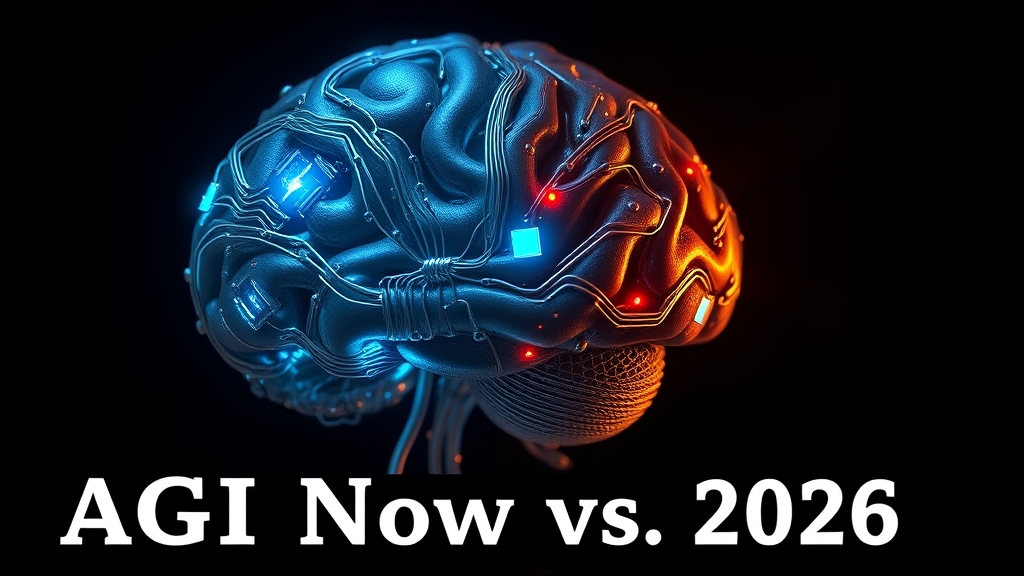
In this article, I’ll challenge the arbitrary line between ‘advanced AI’ and ‘AGI’ that might be more marketing than reality. We’ll explore why major tech leaders are acknowledging that capabilities once thought to define AGI are already appearing in today’s systems. I’ll deconstruct both the “magic moment” narrative and those exaggerated long-term forecasts, revealing why full AGI could potentially arrive much sooner than most expect.
The Blurry Definition Problem
The term “Artificial General Intelligence” has transformed from a technical concept into something closer to a marketing buzzword. Companies know that mentioning AGI in their pitch decks attracts investor attention and media coverage. But what exactly are they promising? That’s where things get complicated, because AGI might be the most poorly defined milestone in technology history.

If you ask ten AI researchers to define AGI, you’ll get twelve different answers. Consider how Dr. Stuart Russell at Berkeley focuses on systems that can pursue any achievable goal across domains, while OpenAI’s researchers emphasize human-competitive performance on economically valuable tasks. Meanwhile, philosophers like David Chalmers center on consciousness and self-awareness as the true marker of AGI. With such drastically different definitions, how can we possibly agree on when we’ve achieved it?

The goalposts for AGI have continuously shifted over the decades. In the 1950s through the 2010s, we saw this pattern repeat: chess mastery, then Go expertise, then creative content generation were all initially considered hallmarks of general intelligence. Yet when AI conquered each domain, experts quickly reclassified them as merely “narrow” intelligence tasks. This redefinition creates a fundamental problem in our discourse about AI progress, establishing artificial barriers that prevent us from seeing the gradual but substantial advancement happening right before our eyes.
Companies understand the power of the AGI narrative and leverage it strategically. When seeking funding or recruiting top talent, they emphasize their contribution to achieving AGI. When addressing safety concerns, they often downplay immediate risks by suggesting AGI remains distant. Take Anthropic, whose website positions their work as “advancing AI safety” while simultaneously using AGI prospects to secure billions in investment. This strategic ambiguity serves corporate interests but confuses public understanding of where we actually stand with AI development.
The semantic debate around AGI also distracts from more important conversations about specific AI capabilities and their implications. Instead of discussing abstract concepts like “general intelligence,” we should focus on concrete capabilities: what can these systems do today? What will they likely do tomorrow? How might these capabilities transform industries, affect jobs, or create new security risks?
Our fixation on AGI as a milestone creates a false binary: either we have AGI or we don’t. This framing ignores the continuous spectrum of intelligence along which AI systems advance. It’s a gradual expansion of capabilities across different domains. The binary framing leads many to dismiss concerns about today’s AI systems because “they’re not AGI yet,” as if only AGI deserves serious consideration.
Consider how we evaluate human intelligence. We recognize multiple forms of intelligence—verbal, mathematical, spatial, emotional—and understand that people possess these in varying degrees. We don’t declare someone “generally intelligent” only when they excel in every possible domain. Yet with AI, we’ve created this artificial threshold.

Our obsession with labeling intelligence has created a massive blind spot. While experts debate definitions and timelines for AGI, increasingly capable AI systems are being deployed throughout society. These systems are already transforming industries, replacing jobs, influencing public discourse, and reshaping power structures. By focusing on what these systems aren’t rather than what they are, we miss the profound transformation already underway—a transformation that will only accelerate as we move into discussing the remarkable capabilities of today’s AI systems.
Current Systems Already Meeting AGI Criteria
Let’s look at what today’s AI systems can actually do when measured against traditional AGI benchmarks. Models like GPT-4 and Claude represent significant advances in capabilities that were once considered hallmarks of general intelligence. Many researchers have begun noticing that these systems demonstrate abilities that fit surprisingly well with earlier definitions of AGI.
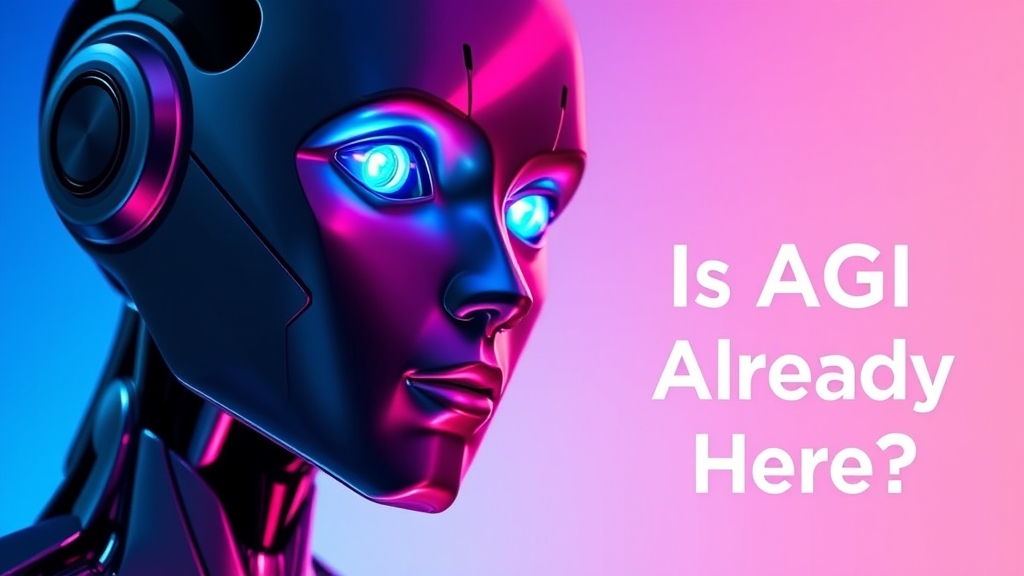
Consider how these frontier models handle problem-solving across vastly different domains. Claude can analyze a 100-page legal brief on patent infringement, then switch to explaining quantum entanglement to a teenager, then write Python code to implement a recursive sorting algorithm—all without additional training. GPT-4 can reason through mathematical proofs, design experiments to test hypotheses, and generate creative solutions to business problems. These systems synthesize knowledge in ways that produce novel, useful outputs across multiple fields.
The reasoning capabilities of these systems have become particularly impressive. When presented with a complex scenario like “A company needs to reduce costs by 15% without laying off staff or reducing product quality,” these models produce nuanced analyses, considering various approaches and potential consequences. They weigh tradeoffs, consider stakeholder perspectives, and generate solutions that humans might overlook. In one benchmark test, GPT-4 scored in the 90th percentile on a graduate-level reasoning assessment designed for human MBA students.
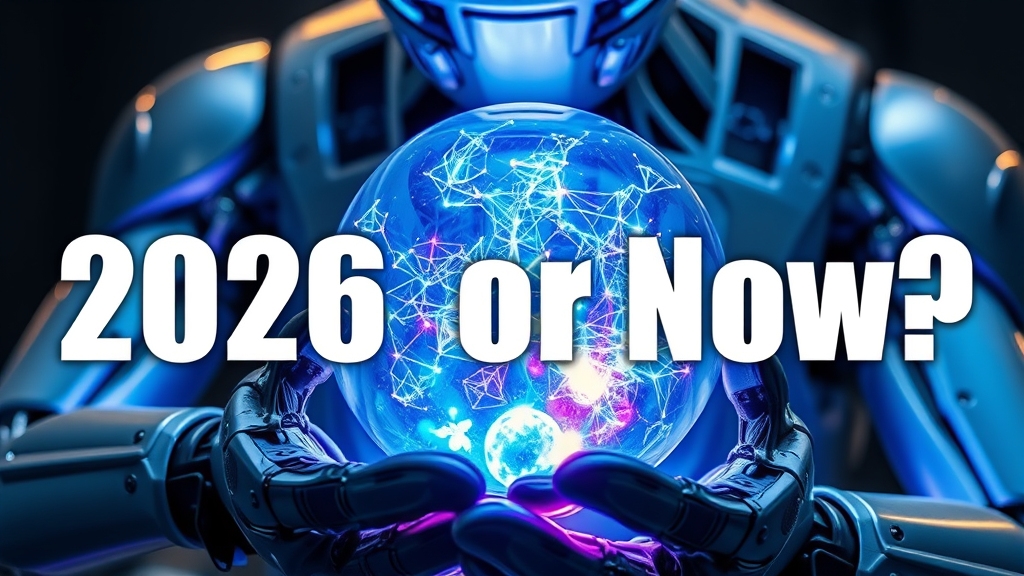
Planning and tool use capabilities have dramatically expanded these models’ effectiveness. They break down complex tasks into manageable steps, anticipate obstacles, and develop contingency plans. Through API connections, they search the web, run code, and control other software—overcoming many inherent limitations. A model connected to tools can research current events, verify outputs against authoritative sources, and interact with the world in increasingly sophisticated ways.
The improvement curve over just the past 18 months has been remarkable. The jump from GPT-3 to GPT-4 represented a massive leap in capabilities across reasoning, problem-solving, and creative thinking. This rapid progress suggests we’re accelerating toward AGI at an increasing rate. Each new model generation demonstrates capabilities qualitatively different from its predecessors.

The emergence of multimodal models has further blurred the line between specialized and general intelligence. Systems like GPT-4V and Gemini process both text and images, understanding relationships between visual and textual information. They can describe complex medical scans, identify inconsistencies between text and pictures, and reason about spatial relationships shown in engineering diagrams.
Many tasks explicitly identified as AGI benchmarks just a few years ago are now routine. The Winograd Schema Challenge, developed specifically to test common-sense reasoning, once stumped AI systems with questions like “The trophy wouldn’t fit in the suitcase because it was too big; what was too big?” Today’s models handle these easily. Translation between languages, summarizing complex documents, generating creative works—all once considered signs of general intelligence—are now standard capabilities.
When we evaluate these capabilities against traditional AGI benchmarks, a startling conclusion emerges: by many reasonable definitions proposed in earlier decades, primitive AGI capabilities already exist in today’s systems. These aren’t speculative scenarios—they’re functionalities available right now through commercial APIs. What scientists once defined as AGI is now reality. The question isn’t whether AGI will arrive as some future milestone—it’s how the primitive AGI capabilities we already have will evolve in the coming years.
The Spectrum of Intelligence vs. Magic Moments
There’s a persistent myth about artificial general intelligence that I want to challenge right now—the idea that AGI will arrive in a single, dramatic moment. You know the scene from countless science fiction movies: a computer suddenly “wakes up,” its screen flashing with newfound consciousness as it announces, “I am alive.” This light switch metaphor of AGI fundamentally misrepresents how technological progress actually works.

In reality, technological advancement almost always follows what experts call S-curves—periods of slow initial development, followed by rapid acceleration, and eventually a leveling off as a technology matures. We’ve seen this pattern with electricity, automobiles, the internet, and virtually every transformative technology in history. None arrived in a single revolutionary moment, yet our historical memory often compresses years of incremental progress into seemingly sudden breakthroughs.
Think about the smartphone revolution. While many point to the 2007 iPhone announcement as the moment everything changed, that oversimplifies a gradual progression. Touch screens, mobile internet, portable computing—all these technologies developed incrementally over decades before converging into what we now recognize as smartphones. The same pattern applies to AI development. The capabilities emerging today evolved through countless small advancements that compound over time.
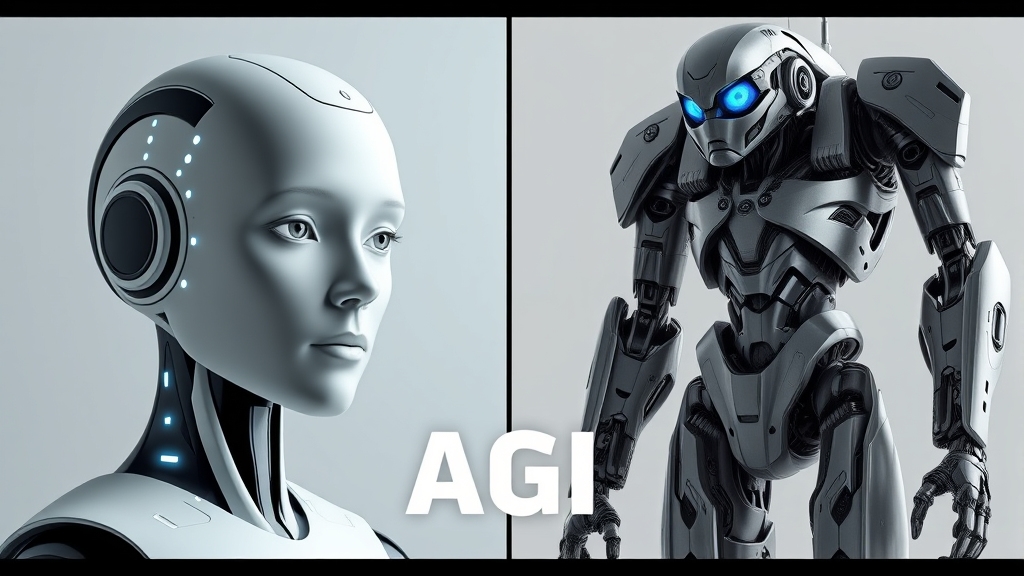
Our human minds love discrete categories and clear transitions. We want to label things neatly: this is AGI, this isn’t. But intelligence—whether human or artificial—doesn’t work that way. It’s messier, full of gray areas and partial capabilities. This tendency to categorize blinds us to the continuous progress happening right in front of us. We dismiss significant advancements because they don’t fit our preconceived notion of what a “true AGI breakthrough” should look like.

This misconception creates a dangerous situation where we’re “waiting for AGI” while ignoring transformative AI systems already deployed throughout society. As one researcher noted, AGI is “mostly a semantic construct” and “not a definition of anything.” By fixating on this arbitrary future milestone, we neglect the very real impacts of existing AI systems on jobs, information ecosystems, and power structures. The changes are happening now, regardless of whether current systems meet some theoretical AGI threshold.
Intelligence isn’t a one-dimensional spectrum. It’s multidimensional, with different capabilities developing at different rates. An AI might excel at mathematical reasoning while struggling with social understanding, just as humans have varied strengths and weaknesses. Some systems already surpass human abilities in specific domains while falling short in others.
The “magic moment” thinking about AGI creates dangerous complacency about AI governance. If we believe truly powerful AI remains distant, we feel less urgency to develop robust safety measures and ethical frameworks. By the time everyone agrees we’ve reached “true AGI,” many of the most challenging governance questions may already have been decided by default rather than deliberate choice—potentially leading to unintended consequences for privacy, equality, and human autonomy.

Companies aren’t waiting for some theoretical AGI threshold. They’re already commercializing systems that perform tasks once considered exclusive to general intelligence—writing content, conducting research, generating code, and more. The economic transformation is unfolding in real time.
Ultimately, focusing on a spectrum of capabilities proves much more useful than waiting for a mythical AGI moment. By recognizing the continuous nature of AI progress, we can better prepare for the incremental but transformative changes reshaping our world. We can develop governance frameworks that evolve alongside AI capabilities rather than waiting for some future threshold to start taking AI seriously.
Why the AGI Timeline Debate Matters Now
So why does this debate about AGI timelines actually matter? It’s not just an academic discussion—it has immediate, practical implications for how we approach AI development, regulation, and adaptation. If AGI capabilities are already emerging rather than sitting decades away, we need to completely rethink our approach to managing this technology.

The timeline we accept fundamentally changes our governance strategy and economic planning simultaneously. If we believe AGI is 30 years away, we can focus on theoretical frameworks and gradual planning. But if aspects of AGI are already here, we need immediate, practical regulations for systems being deployed today while rapidly developing strategies for workforce transition and education reform. Consider how the legal industry is already transforming – AI systems now perform document review and case research that once required teams of paralegals and junior associates, forcing law firms to reconsider their entire business structure and staffing models.

This reality demands urgent action to address capabilities already affecting society. Creative professionals, programmers, customer service representatives, and data analysts are experiencing automation that was once considered impossible without “true AGI.” Waiting for some arbitrary AGI milestone before addressing these impacts means millions of workers will experience disruption without adequate support systems in place.
Furthermore, the risks of deployment without safeguards become much more serious when we recognize the capabilities of current systems. Companies are already releasing increasingly powerful AI models with minimal oversight or testing. If these systems demonstrate aspects of general intelligence, the potential for unintended consequences grows substantially. We need robust testing protocols, transparency requirements, and safety standards that match what these systems can actually do—not what theoretical definitions suggest.
Beyond safety concerns, competitive dynamics between major AI labs are actively accelerating development timelines. Organizations race to achieve more powerful capabilities, often prioritizing speed over safety. This competitive pressure creates incentives to cut corners on crucial safety research and thorough testing. When companies believe whoever achieves AGI-level capabilities first will dominate the market, external governance becomes even more crucial.
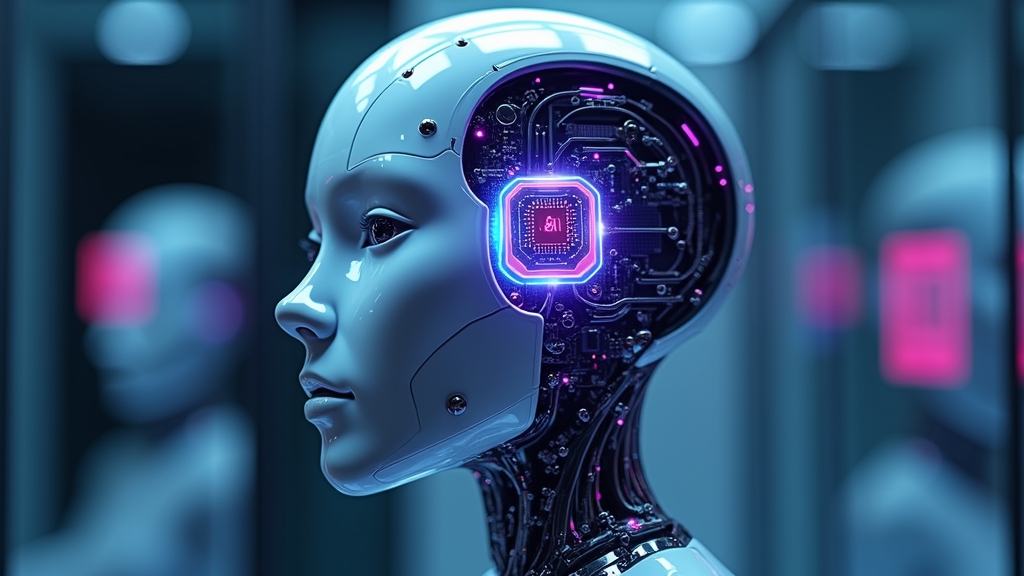
The belief that “AGI is decades away” creates dangerous complacency. This perspective leads to lack of urgency in addressing potential risks, leaving society unprepared for rapid advancements. When people believe powerful AI remains distant, they see little reason to implement meaningful safeguards now, allowing increasingly capable systems to integrate throughout society without adequate consideration of their impacts.
Closely linked to these practical concerns are the ethical considerations around AI, which become much more urgent if AGI capabilities are emerging now rather than later. Questions about AI alignment, value systems, decision-making authority, and appropriate limits on automation can no longer remain theoretical discussions. If systems with increasingly general capabilities are being deployed today, we need immediate answers to these profound questions to prevent significant harm.
Our society needs to adapt to the reality of emerging AGI today, not prepare for some distant future milestone. This requires a fundamental shift in how we think about AI progress—moving from binary thinking about “having AGI” or “not having AGI” to recognizing the continuous spectrum of expanding capabilities. The challenges of advanced AI aren’t waiting for the future—they’re already here, demanding our attention and action. By recognizing where AI development actually stands, we can ensure these technologies develop in ways that benefit humanity rather than creating unnecessary risks.

Conclusion
Throughout this article, we’ve seen how our fixation on AGI as some future milestone blinds us to the revolutionary changes happening right now. The concept of AGI is largely a “semantic construct,” not a clearly defined entity, while AI advancement continues on its exponential curve regardless of our definitions.
This distraction keeps us from addressing the impacts of AI technologies already reshaping our world. The future of AI isn’t arriving in one dramatic moment—it’s unfolding right before us.
What will you do with this knowledge? How will you prepare for an AI-transformed world that’s already here? The time for thoughtful action is today.









